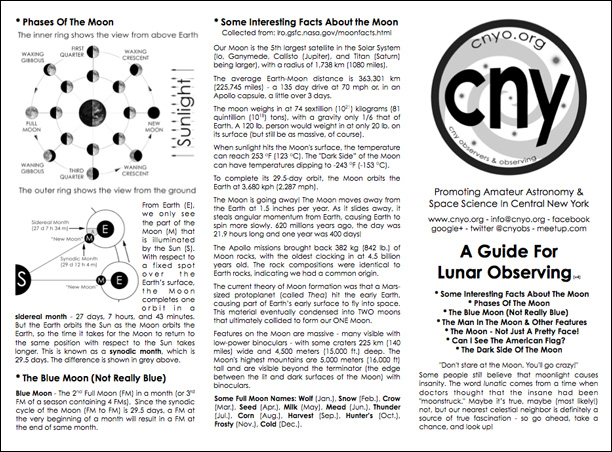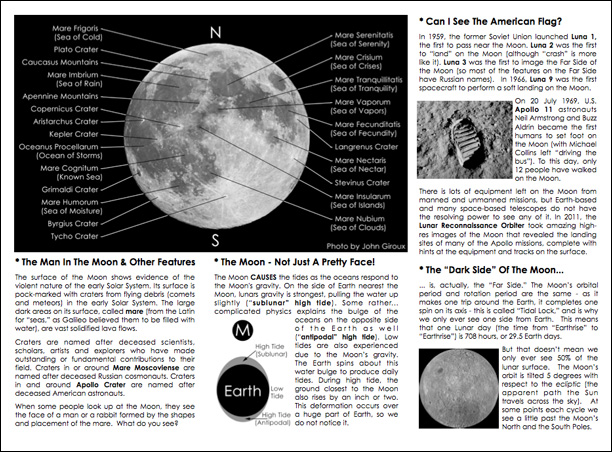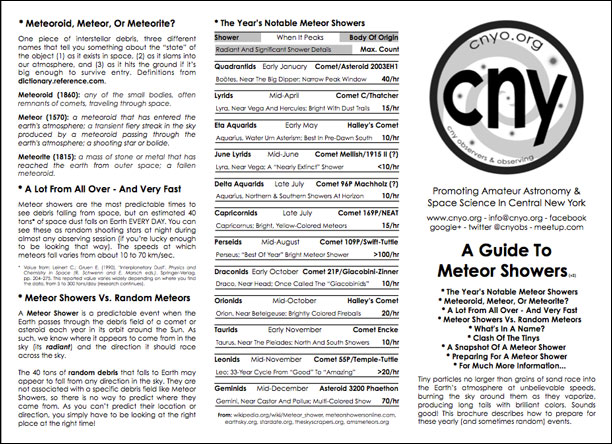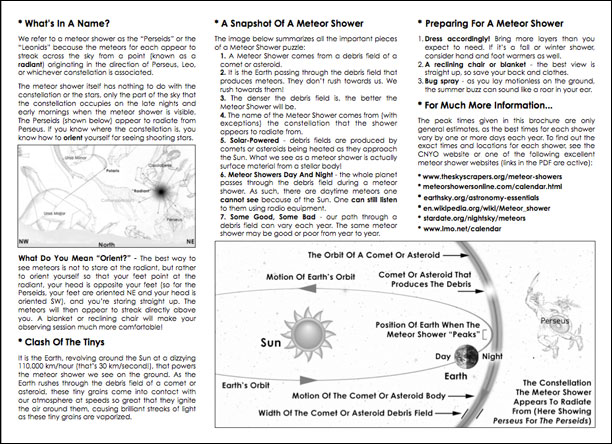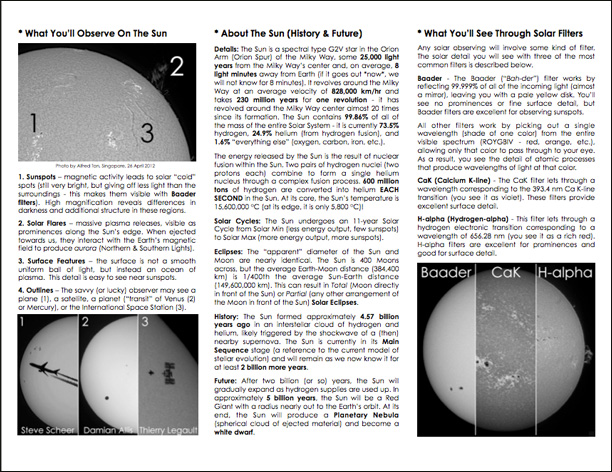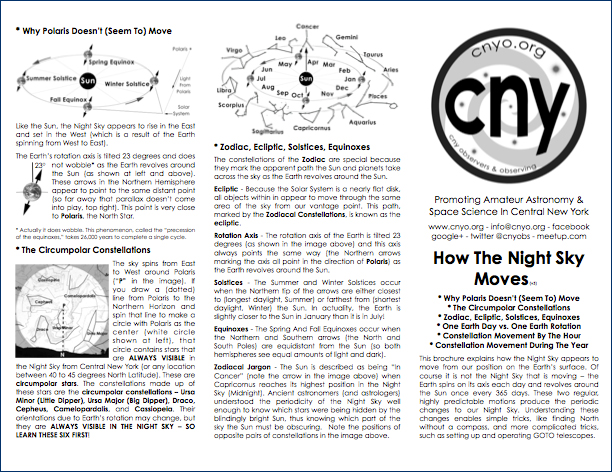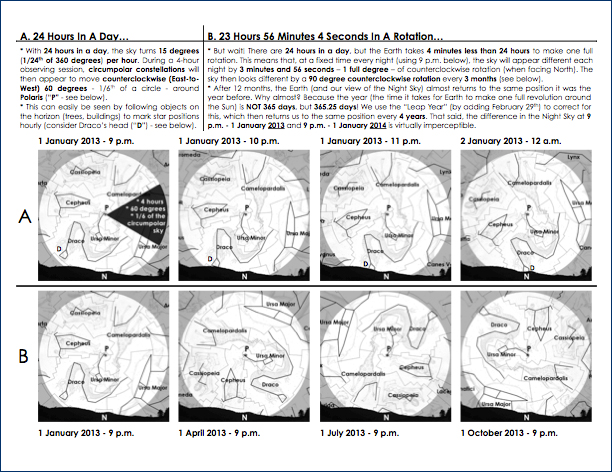For anyone interested in the most up-to-date version of this page (currently v8), it is now being maintained at www.somewhereville.com/observational-astronomy-fact-sheets/
To cut to the downloading chase: Astronomy Facts And Figures Cheat Sheet V6.pdf
Greetings, fellow astrophiles!
Those who’ve ever run an observing session have inevitably faced the most daunting of amateur astronomy outreach questions:
In the interest of having a rapid response to that and similar questions, the posted cheat sheet combines as much of the usual information that observers and attendees might want to know as can be fit in not-too-small font into groupings that fit on single pages (10, total).

An important word on the facts: To the very best of ability, all of the information has been checked and double-checked against available data online. To that end, all of the data as presented can be directly attributed to the following websites as of their content on 1 January 2017:
* astropixels.com/messier/messiercat.html – extra thanks to Fred Espenak for use permissions
* astropixels.com/stars/brightstars.html – extra thanks to Fred Espenak for use permissions
* www.amsmeteors.org/meteor-showers/2016-meteor-shower-list/
* www.dl1dbc.net/Meteorscatter/meteortopics.html
* nssdc.gsfc.nasa.gov/planetary/factsheet/
* star.arm.ac.uk/~dja/shower/codes.html
And, of course:
* en.wikipedia.org/wiki/List_of_exceptional_asteroids
* en.wikipedia.org/wiki/88_modern_constellations
* en.wikipedia.org/wiki/List_of_meteor_showers
* en.wikipedia.org/wiki/List_of_brightest_stars
* en.wikipedia.org/wiki/Apparent_magnitude
* en.wikipedia.org/wiki/Stellar_classification
The Observational Astronomy Cheat Sheet contains the following:
Page 1: The only two figures in the document, including the famous “finger how-to” for measuring distances in the night sky and a figure describing right ascension and declination (with values for many objects given in the tables).
Page 2: Moons And Planets – All of the standard information (and descriptions below) about the relative places of planets in the Solar System (distances, masses, temperatures, distances from Sun), then an extra column for our Moon.
Page 3: Best Meteor Showers – All of the categorized Class I, II, and III Meteor Showers throughout the year, including approximate peak dates, times, and directions.
Page 4: Marginal Meteor Showers – All of the categorized Class IV Meteor Showers (these are surely poor meteor showers for observing, but that fact that we’ve catalogued them there tells you how exhaustive astronomers have been in keeping track of periodicities in our day/nighttime sky).
Page 5: Winter And Spring Messier Objects – including abbreviations, NGC labels, types, distances (as best we know them), and Common Names.
Page 6: Summer And Autumn Messier Objects – including abbreviations, NGC labels, types, distances (as best we know them), and Common Names.
Page 7: Northern and Zodiacal Constellations – including family, origin, brightest star, and positional information.
Page 8: Southern Constellations – including family, origin, brightest star, and positional information.
Page 9: Top Asteroids – the best and brightest (and best identified), including distances, discovery information, and magnitudes (as available).
Page 10: Stars – the Top 50 brightest (with our Sun at its rightful position as #1), including constellation, magnitudes, distances, and mass and positional information.
And, without further ado…

